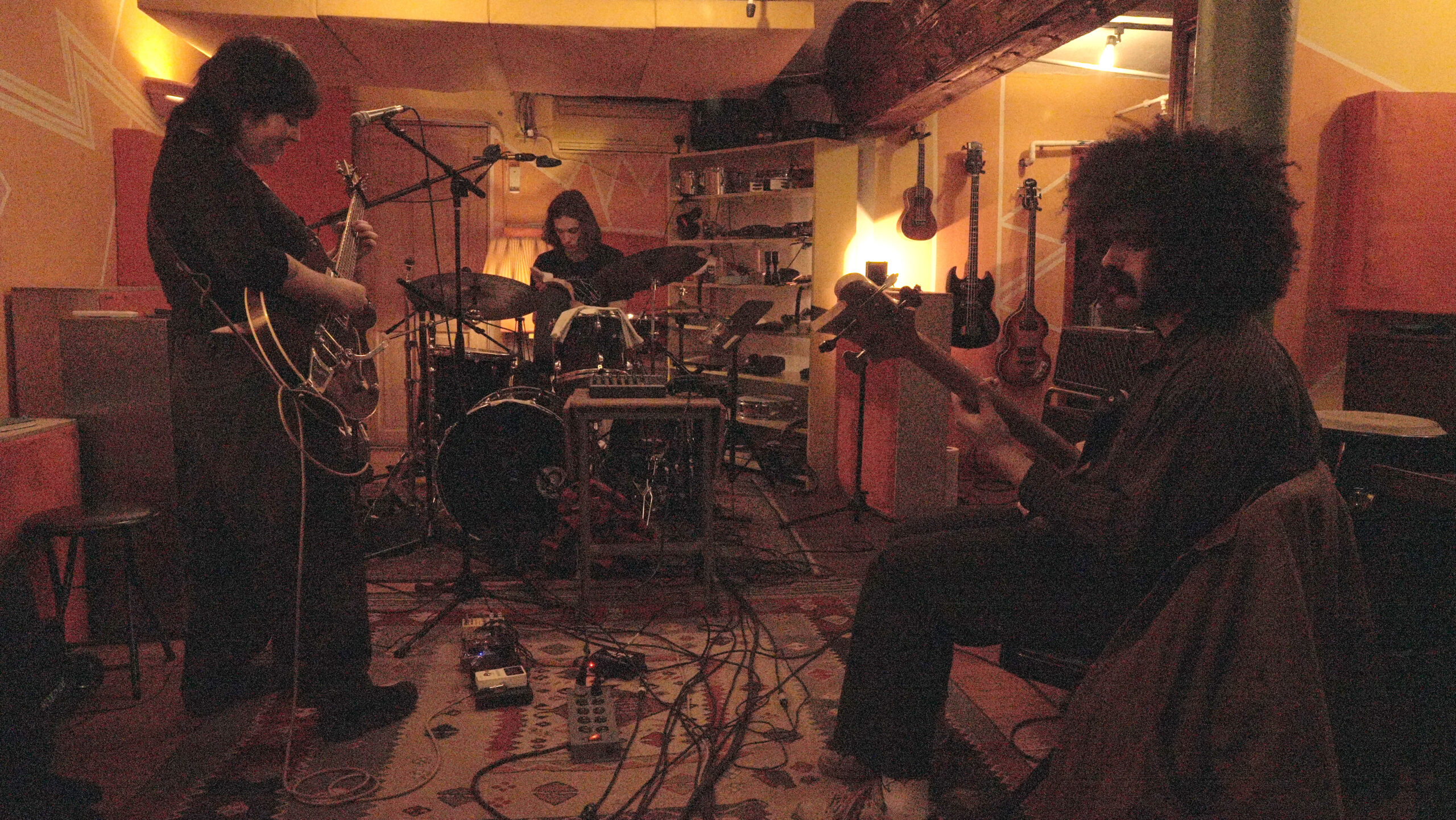For the spring 2015 semester, administrators launched a new elevator program in the 16th Street building which was meant to speed up the notoriously long wait lines in the lobby, but students and faculty said the problem persists.
Unlike in previous years when elevators stopped at every floor, they’re now staggered with one elevator operating under the old system, two stopping at the ninth floor and a fourth that operates for freight and deliveries.
Staff now also stand at the button panel in express cars, ensuring they stop at their designated floor and a new staircase allows students to walk from floor to floor.
Despite these changes, students are left tapping their feet in long lines and scratching their heads over the confusing routes through the building.
Veronica Clostabily, a Parsons photography junior, said she once waited 15 minutes, her longest, while trying to hurry to a 12:10 p.m. class.
“They take forever,” Clostabily said. “Even though there’s an express elevator, it only goes to one floor.”
Administrators admitted the system, which was also adopted because the school expanded to the building’s sixth and eighth floors, is an ongoing project.
“We are in the process of procuring an automated system that will allow us an incredible amount of flexibility as to how we schedule the elevators,” stated Thomas Whalen, who oversees facilities’ management.
“We realize that standing in line for 20 minutes before your class is not an enjoyable experience,” he added.
The new connecting stairways between the sixth and 12th floors, which students must use to reach other floors when taking the express elevator to the 9th floor. The New School added these so students can travel between floors without using the local elevator or emergency exit stairs.
While the stairs may mitigate the dormancy of waiting for an elevator, the system has students anxious and bewildered on the way to their classes.
“I feel like it’s a very slow system,” said Inger Tilles, a psychology freshman. “It makes me a little nervous about fire hazards because the stair system feels confusing.”
“Sometimes I come out of a staircase and not know where the continuation is,” Tilles said.
Signage is posted around the stairways and elevators, yet for students and staff it may still be confusing.
“I couldn’t find the exit stairs the first day and I was thinking this must be a fire hazard, to go either up or down,” adjunct instructor, Lena Groeger said.
Groeger said she believes students have been late to her class because of the elevators.
“The longest I’ve waited is six or seven minutes, which is longer than some times I’ve waited for the subway,” she said.
Despite their grievances with the new system, many students consider it an improvement over the last one.
“It’s extremely efficient compared to how it used to be,” said Ingrid Kvangraven, a second year graduate student at the New School for Social Research. “The way it used to be, it would be really clogged in the lobby.”
The continued elevator headaches could soon be a thing of the past as school officials hope to adopt an automated elevator system by fall 2015 that would program elevators to go directly to different floors at different times, Whalen said.
“We asked the elevator companies out there to put in proposals for software that will allow us to schedule the elevators and modify that schedule as semesters change,” he added, also acknowledging that it may be plausible to shift the schedule of the express elevators during certain time periods, thereby eliminating the need for elevator staff.
For the time being, Safety Officer Yvonne Chacon said the line situation in the lobby is improving.
“In the beginning it was confusing but its getting better. Students come earlier now and make it here 15 minutes before,” Chacon said. “The point is for students not to be late to class, once they know a time frame to come its easier.”








Leave a Reply